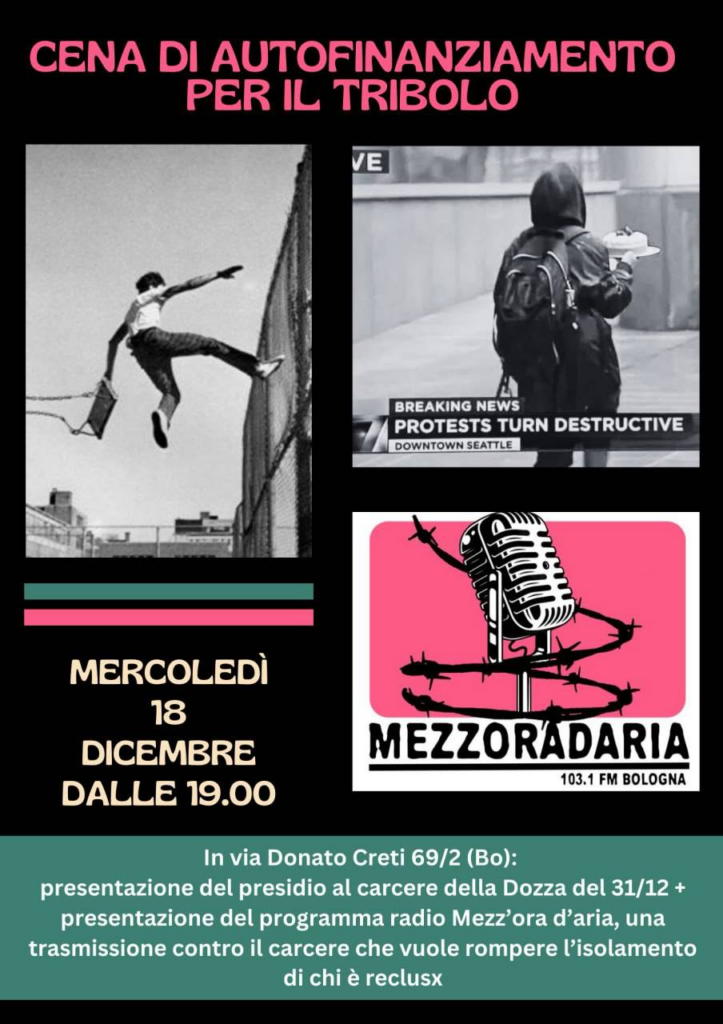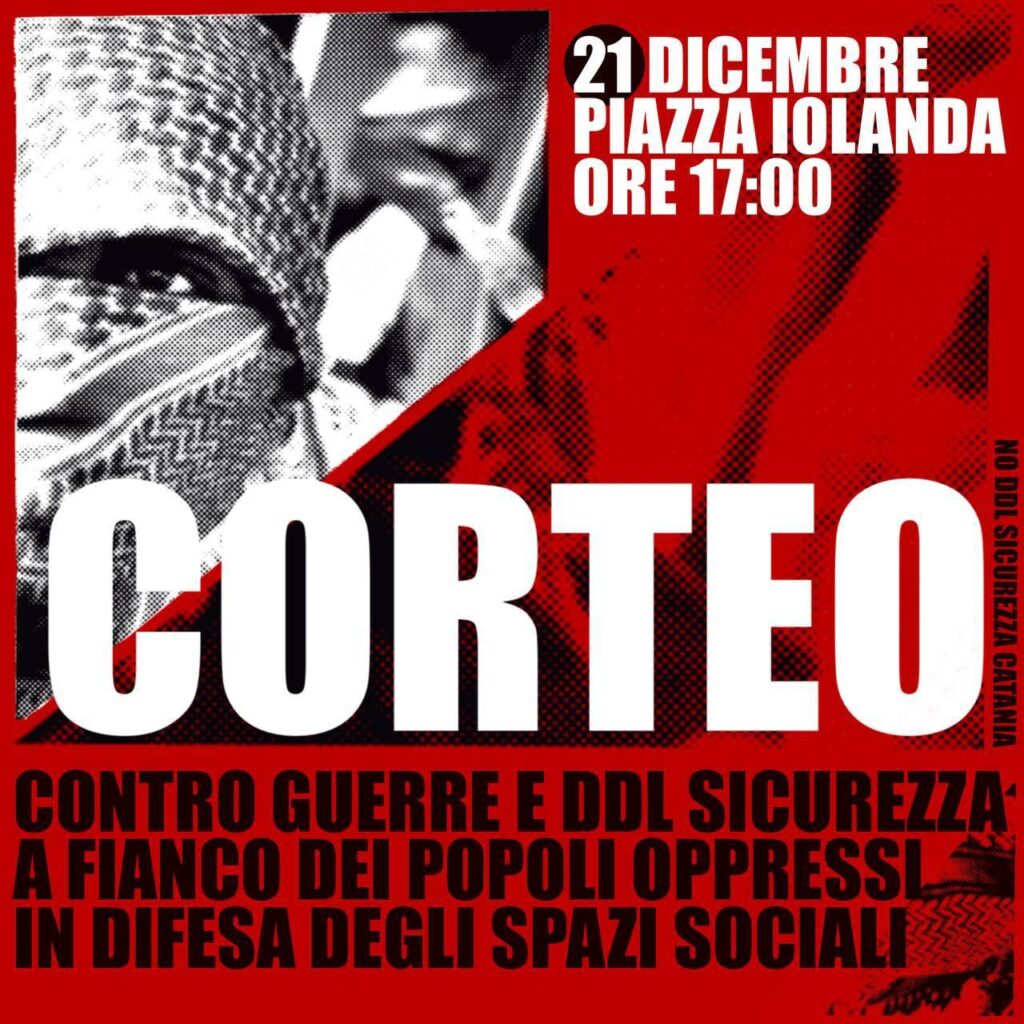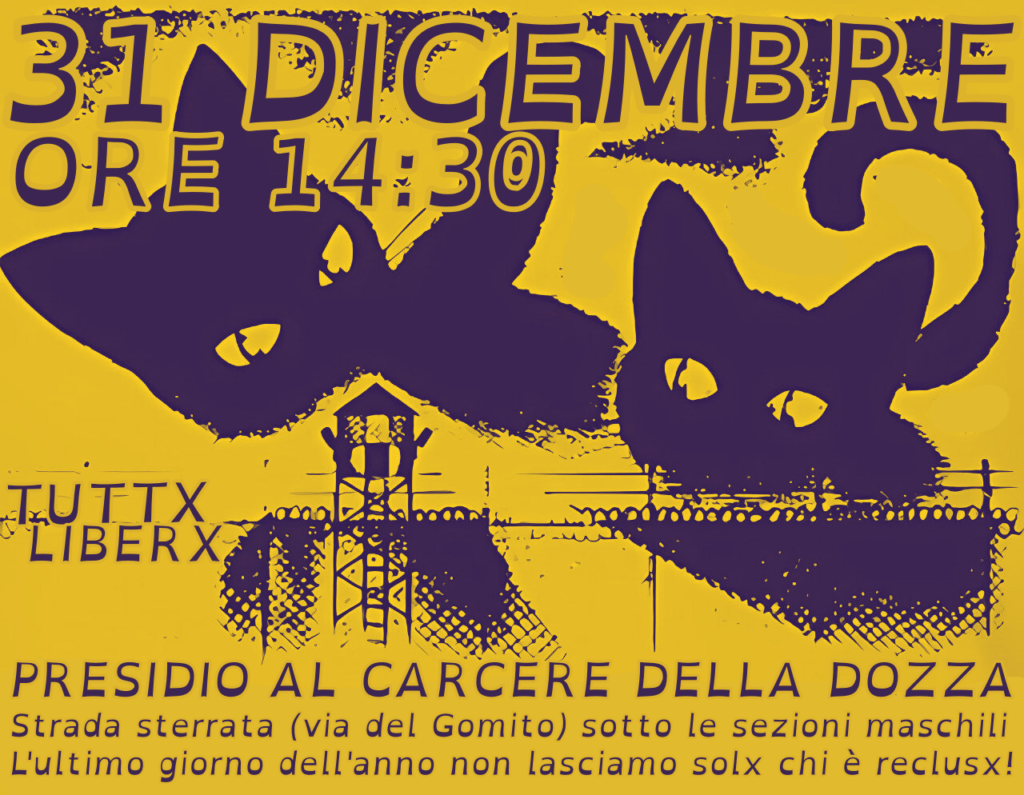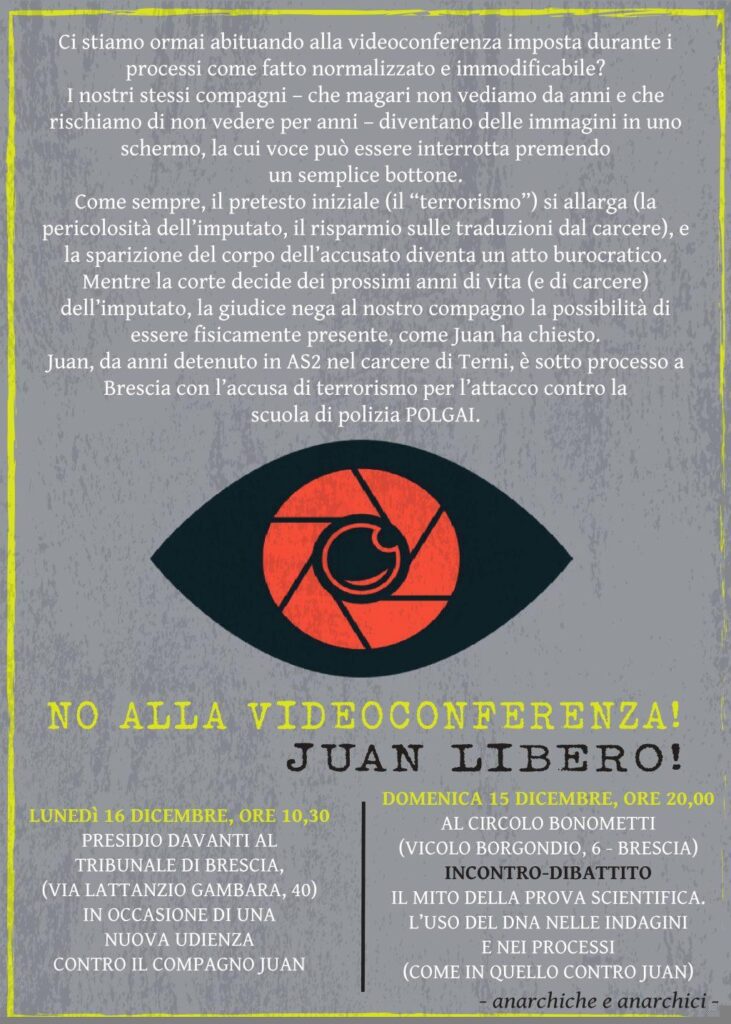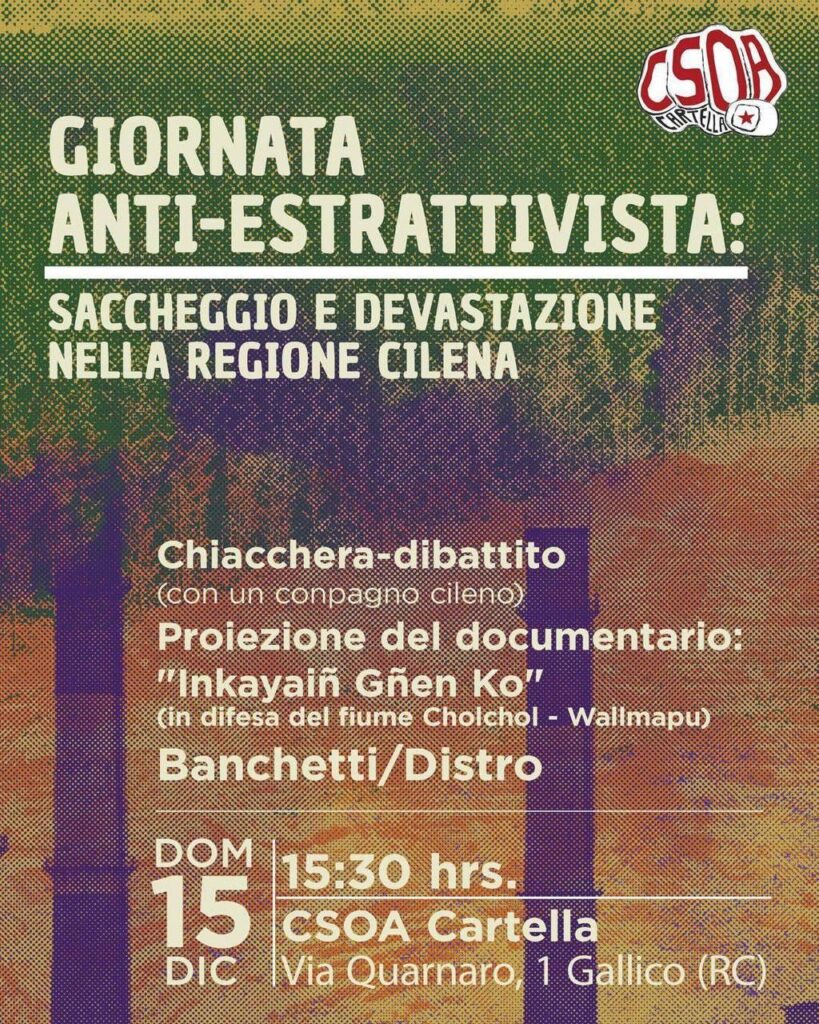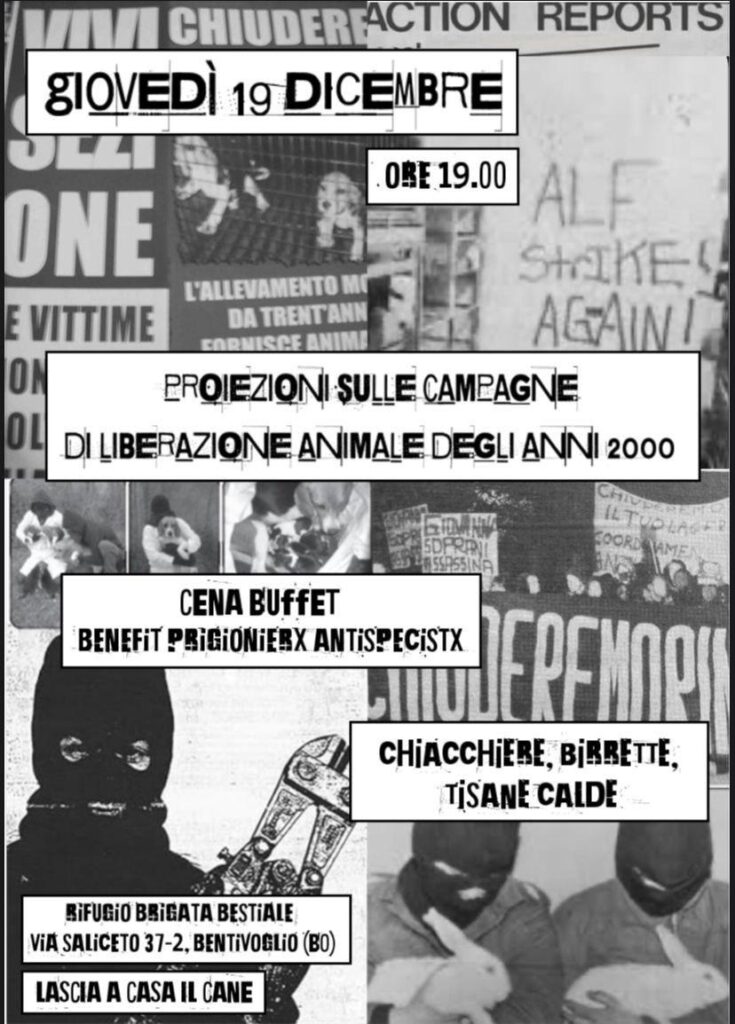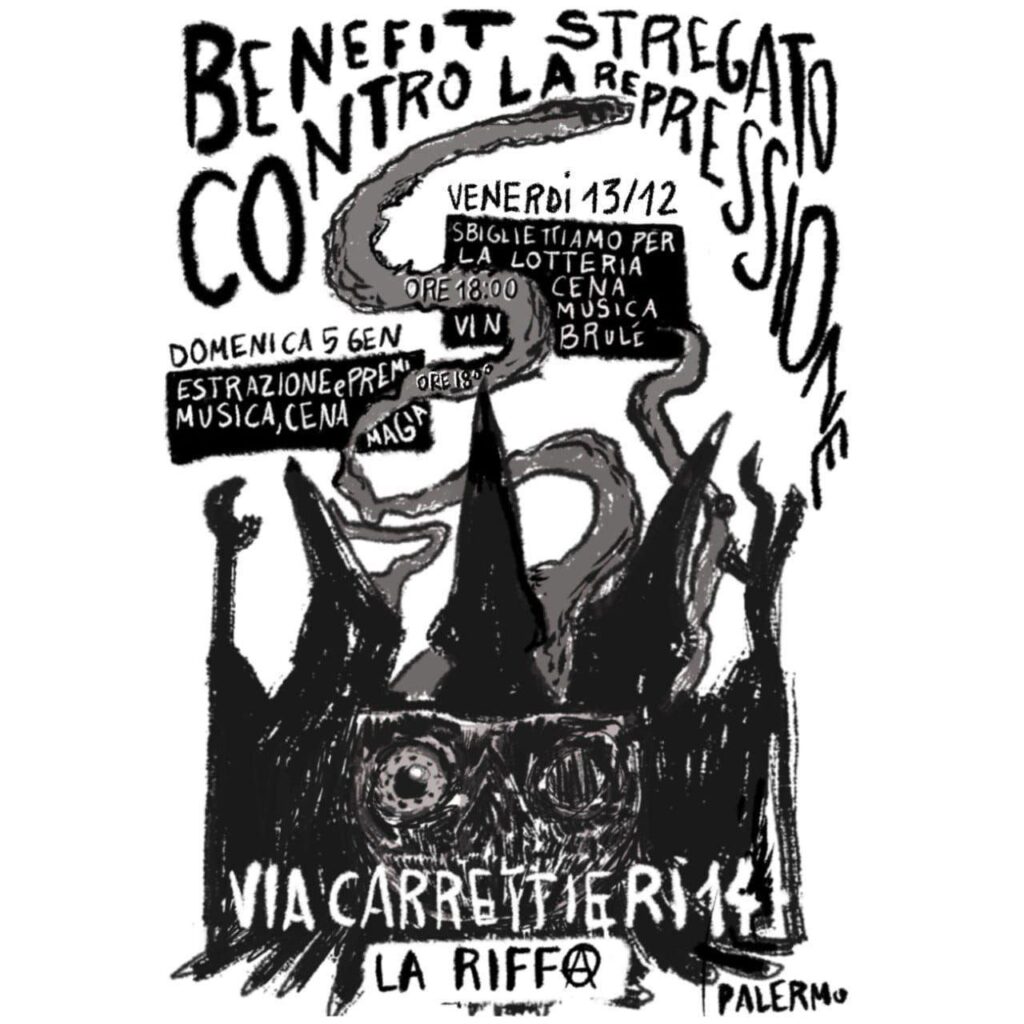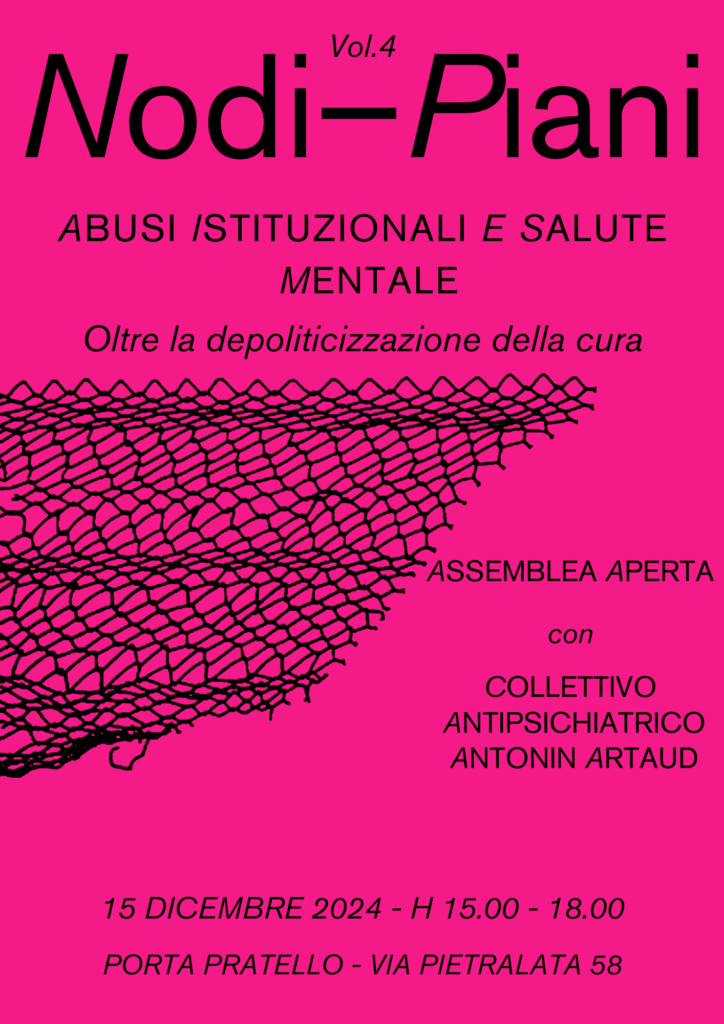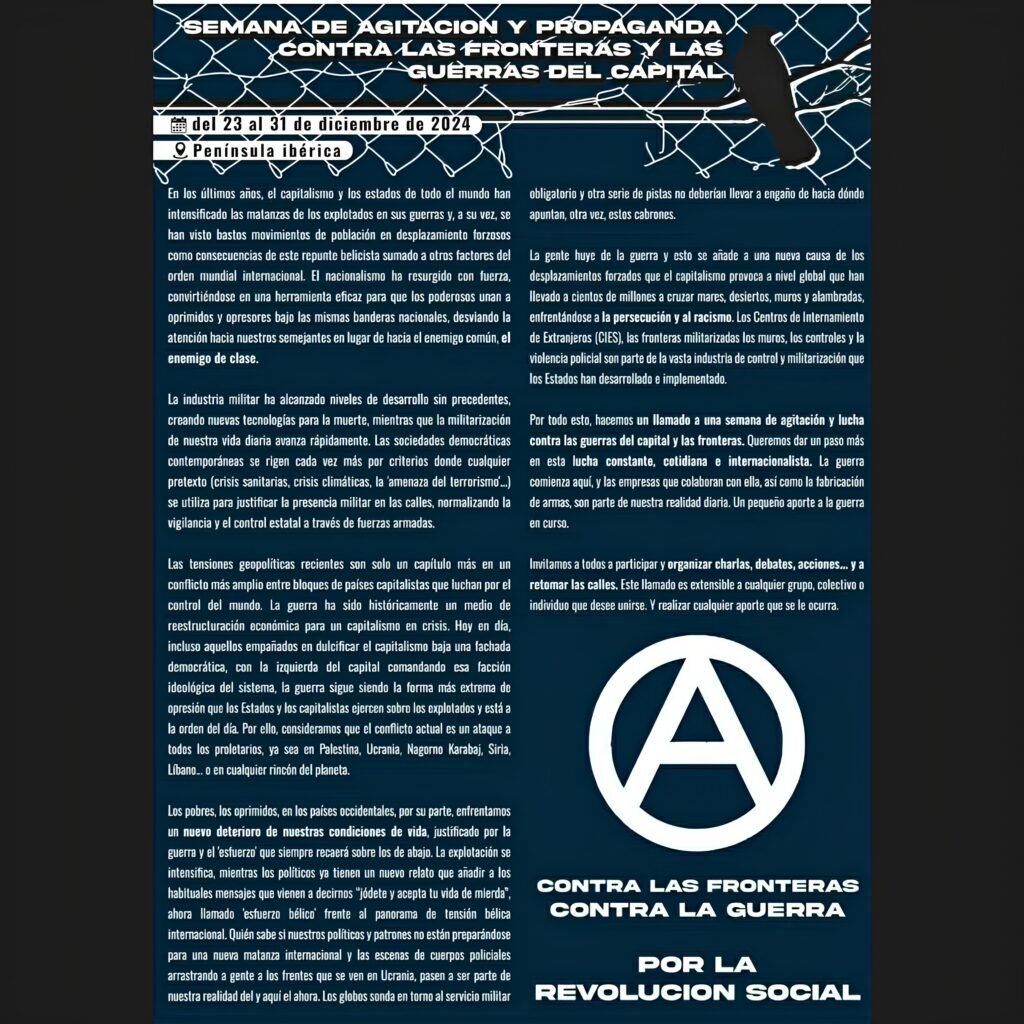
Traduciamo e diffondiamo
Negli ultimi anni, il capitalismo e gli Stati di tutto il mondo hanno intensificato il massacro dellx sfruttatx nelle loro guerre e, a loro volta, hanno assistito a vasti movimenti di popolazioni costrette a emigrare come conseguenza di questa escalation bellica, sommata ad altri fattori dell’ordine mondiale internazionale. Il nazionalismo è riemerso con prepotenza, diventando uno strumento efficace per i potenti tramite il quale unire oppressx e oppressori sotto le stesse bandiere nazionali, distogliendo l’attenzione dal nemico comune, il nemico di classe.
L’industria militare ha raggiunto livelli di sviluppo senza precedenti, creando nuove tecnologie di morte, mentre la militarizzazione della nostra vita quotidiana avanza rapidamente. Le società democratiche contemporanee sono sempre più governate da criteri in cui qualsiasi pretesto (crisi sanitarie, crisi climatiche, la “minaccia del terrorismo”…) viene utilizzato per giustificare la presenza militare nelle strade, normalizzando la sorveglianza e il controllo dello Stato attraverso le forze armate.
Le recenti tensioni geopolitiche sono solo un capitolo di un conflitto più ampio tra blocchi di Paesi capitalisti in lotta per il controllo del mondo. La guerra è stata storicamente uno strumento di ristrutturazione economica per il capitalismo in crisi. Oggi, anche se offuscata dall’edulcorazione del capitalismo sotto una facciata democratica, con la sinistra del capitale che comanda quella fazione ideologica del sistema, la guerra è all’ordine del giorno, e rimane la forma più estrema di oppressione che gli Stati e i capitalisti esercitano sullx sfruttatx. Per questo consideriamo l’attuale conflitto un attacco a tutti lx proletarix, in Palestina, Ucraina, Nagorno-Karabakh, Siria, Libano… o in qualsiasi altro angolo del pianeta.
Da parte loro poverx e oppressx, nei paesi occidentali, si trovano di fronte a un ulteriore peggioramento delle condizioni di vita, giustificato dalla guerra e dallo “sforzo” che ricadrà sempre su chi sta in basso. Lo sfruttamento si intensifica, mentre i politici hanno già una nuova storiella da aggiungere ai soliti messaggi che ci dicono “fottiti e accetta la tua vita di merda”, ora chiamata sforzo bellico di fronte al panorama di tensioni belliche internazionali. Chissà che i nostri politici e capi non si stiano preparando a un nuovo massacro internazionale, e che le scene delle forze di polizia che trascinano la gente al fronte viste in Ucraina non diventino parte della nostra realtà del qui e ora. I palloni sonda sul servizio militare obbligatorio e una serie di altri indizi ci fanno capire dove questi bastardi vogliono andare a parare, di nuovo.
La gente fugge dalla guerra, e ciò si aggiunge a una nuova causa delle emigrazioni forzate provocate dal capitalismo a livello globale, che hanno spinto centinaia di milioni di persone ad attraversare mari, deserti, muri e fili spinati, affrontando persecuzioni e razzismo. I centri di internamento per stranieri (CIES), le frontiere militarizzate, i muri, i controlli e la violenza della polizia fanno parte della vasta industria del controllo e della militarizzazione che gli Stati hanno sviluppato e implementato.
Per tutte queste ragioni, chiamiamo una settimana di agitazione e di lotta contro le guerre del capitale e le frontiere. Vogliamo fare un passo in avanti in questa lotta costante, quotidiana e internazionalista. La guerra inizia qui e le imprese che vi collaborano, così come la produzione di armi, fanno parte della nostra realtà quotidiana. Un piccolo contributo alla guerra in corso.
Invitiamo tuttx a partecipare e a organizzare incontri, dibattiti, azioni… e a riprendersi le strade. Questo appello è aperto a qualsiasi gruppo, collettivo o individuo che desideri unirsi e contribuire in qualsiasi modo gli venga in mente.
CONTRO LE FRONTIERE, CONTRO LA GUERRA
PER LA RIVOLUZIONE SOCIALE

